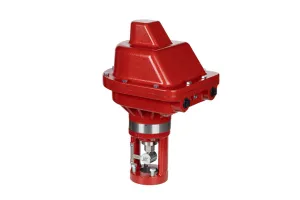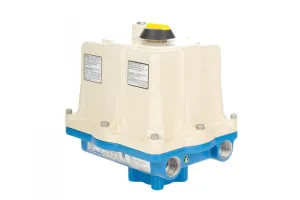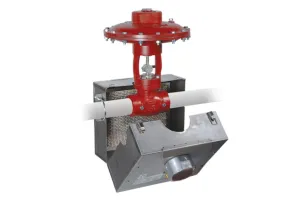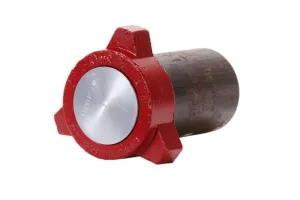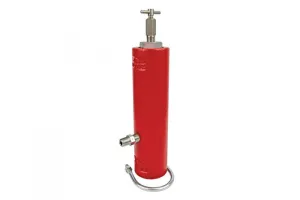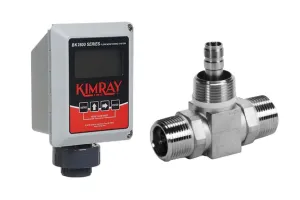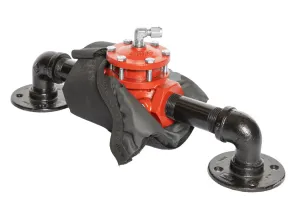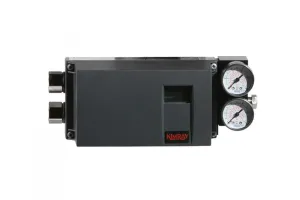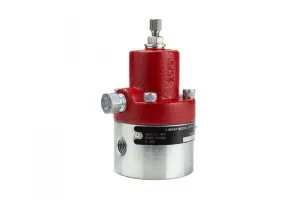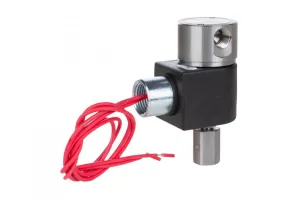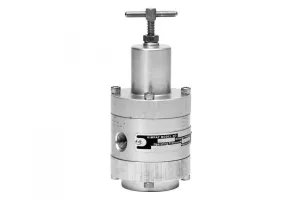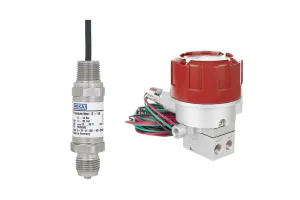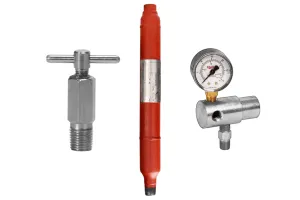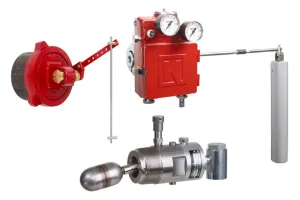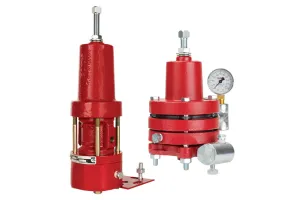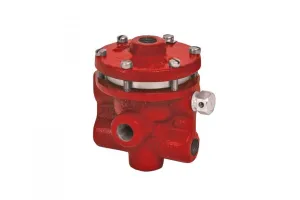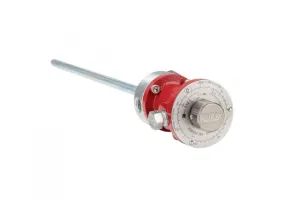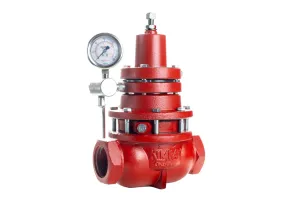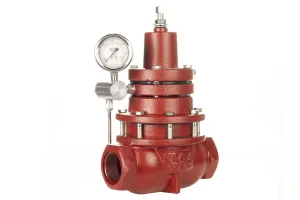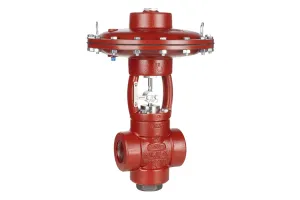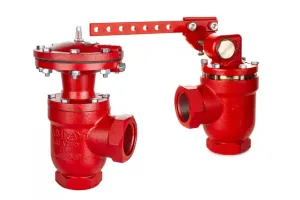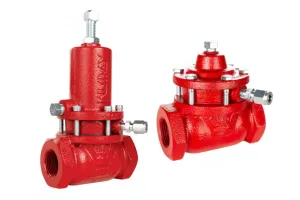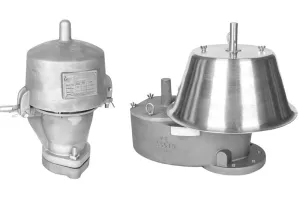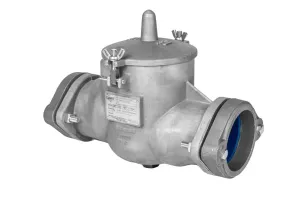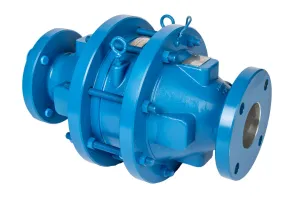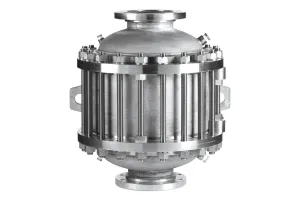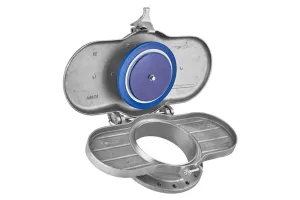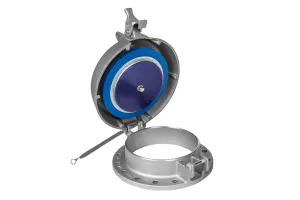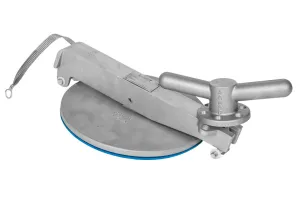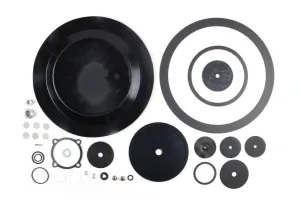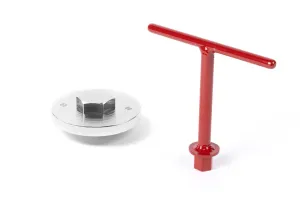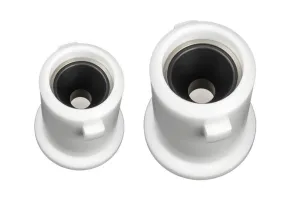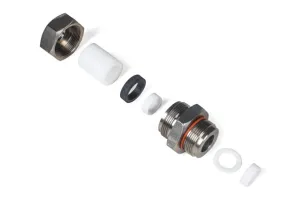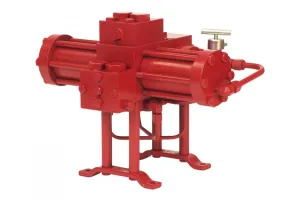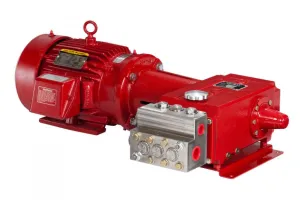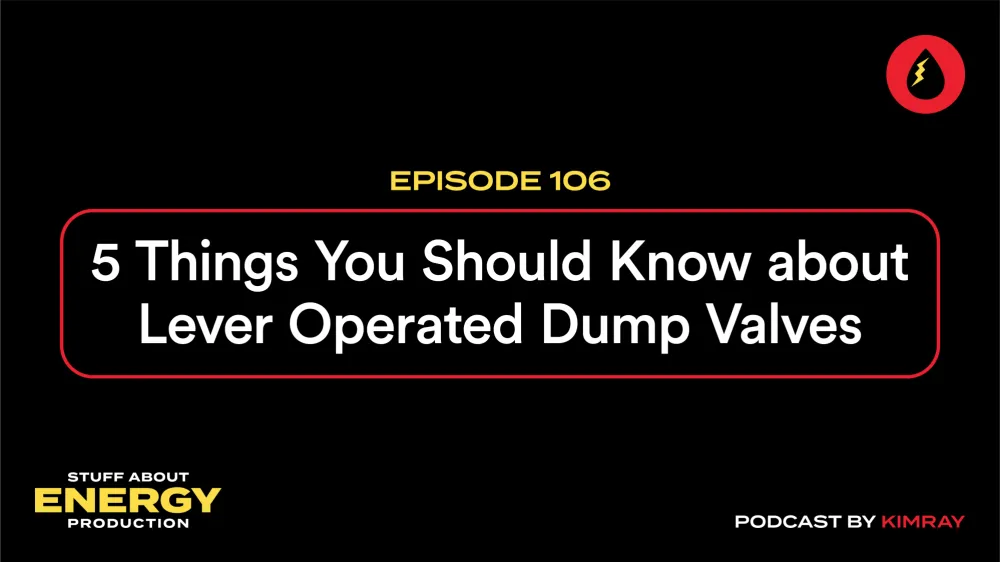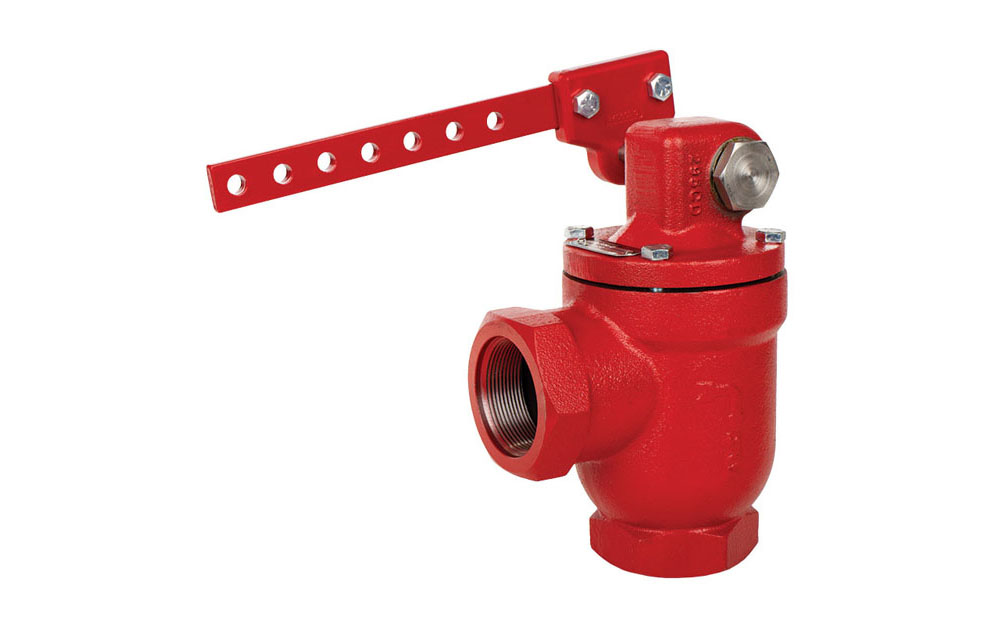
Product Applications
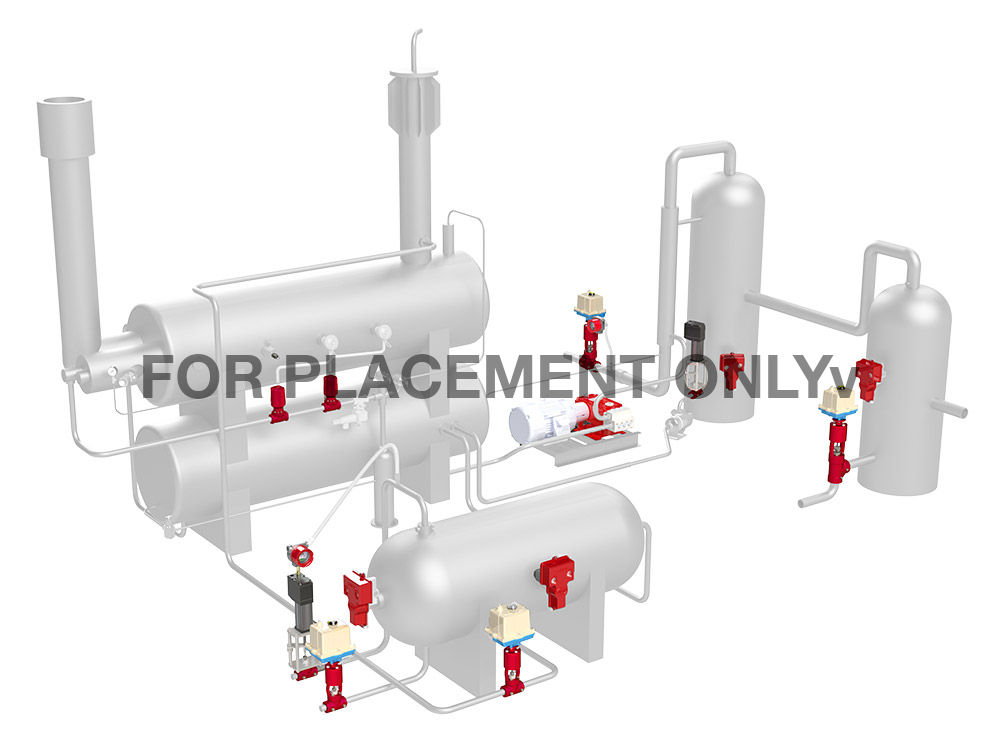
CBA
Build & Save a Quote
We'll get you options, pricing, and anything else you need.

Anything we can do to help?
Talk to a specialist at (405) 525-4298 or fill out a quick product message form.
Product Charts
Tech Specs
| Type | Value |
|---|---|
| Connection Size: | 2 " |
| Connection Type: | Female NPT |
| Body Style: | Angled Body |
| Body Material: | Cast Ductile |
| NACE MR0175: | Option Available for NACE MR0175 compliance or certification |
| Trim Size: | 1.5 " |
| Trim Type: | Linear (Nominal) |
| Leakage Class: | Class VI |
| Process Fluid: | Liquid and Gas |
| Max Working Pressure: | 300 psig |
| Operation: | Mechanical |
| Catalog Page: | 03:10.1 |
| Min Cv: | 8.5 |
| Max Cv: | 23.3 |
| Cf: | 0.79 |
| Weight: | 22 lbs |
Product Videos
Compatible Kits and Tools
| Type | Product Code | |
|---|---|---|
| Repair Kit: | RTJ | + ADD TO QUOTE |
Downloads & Updates
Frequently Asked Questions
The Piston Balanced Throttling models have much higher Cv values than the other two styles and are ideal for applications with erosive present, like sand, and can operate in higher pressure differentials than the Diaphragm Balanced style.
The Piston Balanced models can operate in higher pressure differentials than the Diaphragm Balanced models, but when erosive like sand are present, they would not be ideal, because the particles over time could create leak paths where the piston seals against the cylinder.
The Diaphragm Balanced models have the lowest prices but lower pressure differential ratings than the other two model types. In applications with erosives like sand, the Diaphragm Balanced models could work better than the Piston Balanced, because of the potential for leak paths described above.
Ideally you want the Linkage Rod perfectly vertical, but it's more important to locate the connections based on the force needed and amount of motion desired. On the Valve lever, the hole closest to the valve gives you the most motion on the trim but gives the least force to open/close the trim. The furthest hole from the valve gives the most force but requires the lever to travel much farther to open/close the trim.
On the Trunnion lever, the hole closest to the Trunnion gives the highest force, but it moves the Linkage Rod the least distance. The hole furthest out moves the Linkage Rod the most but gives the least force.
Still have a question? Send us a quick product message to get help from our team.
Quick Links
Kimray has a team of experts that can help you identify the right products to meet your product and emissions goals.
Talk to a specialist Mon - Fri, 7 AM - 5 PM CST at (405) 525-4298.
